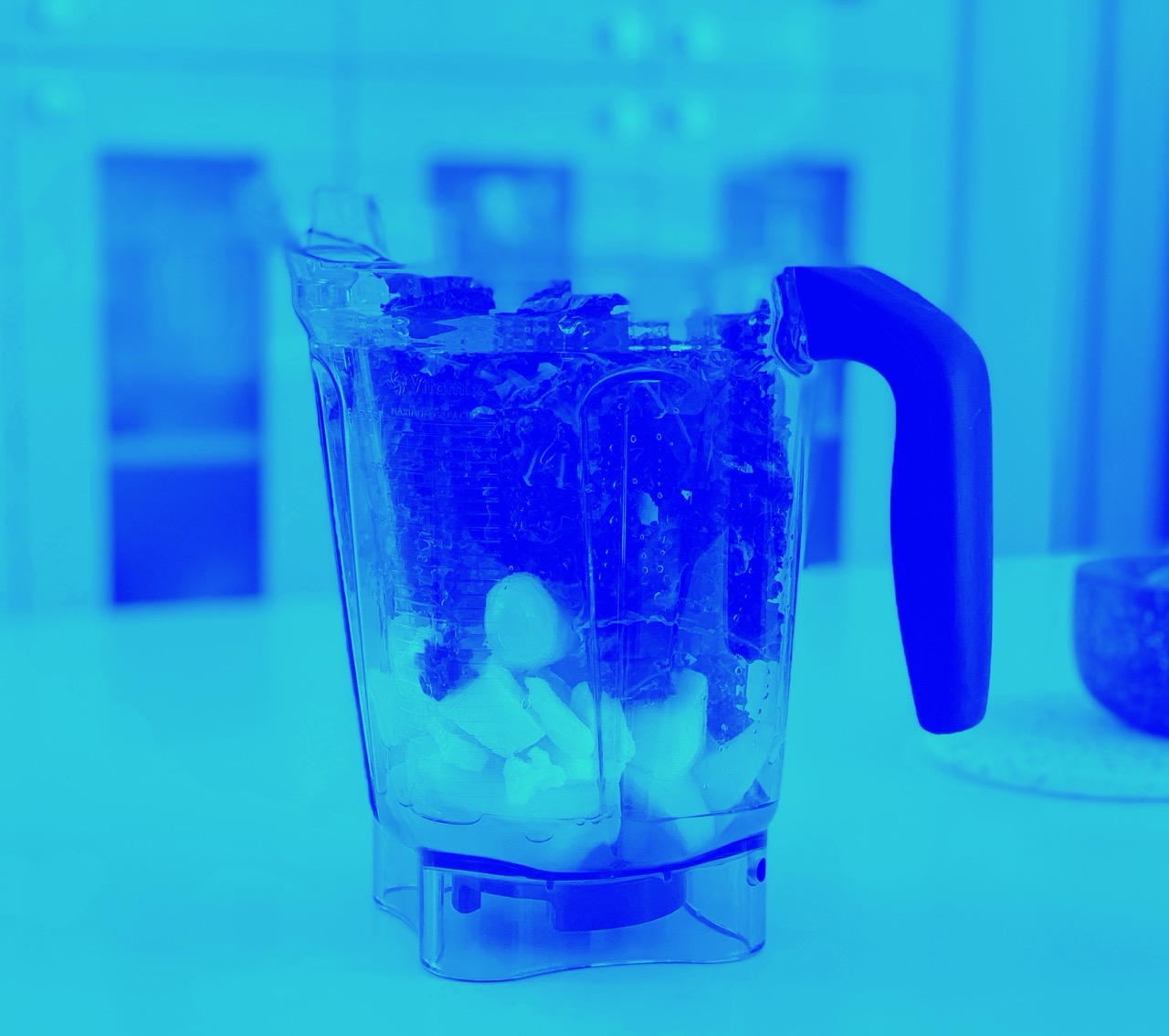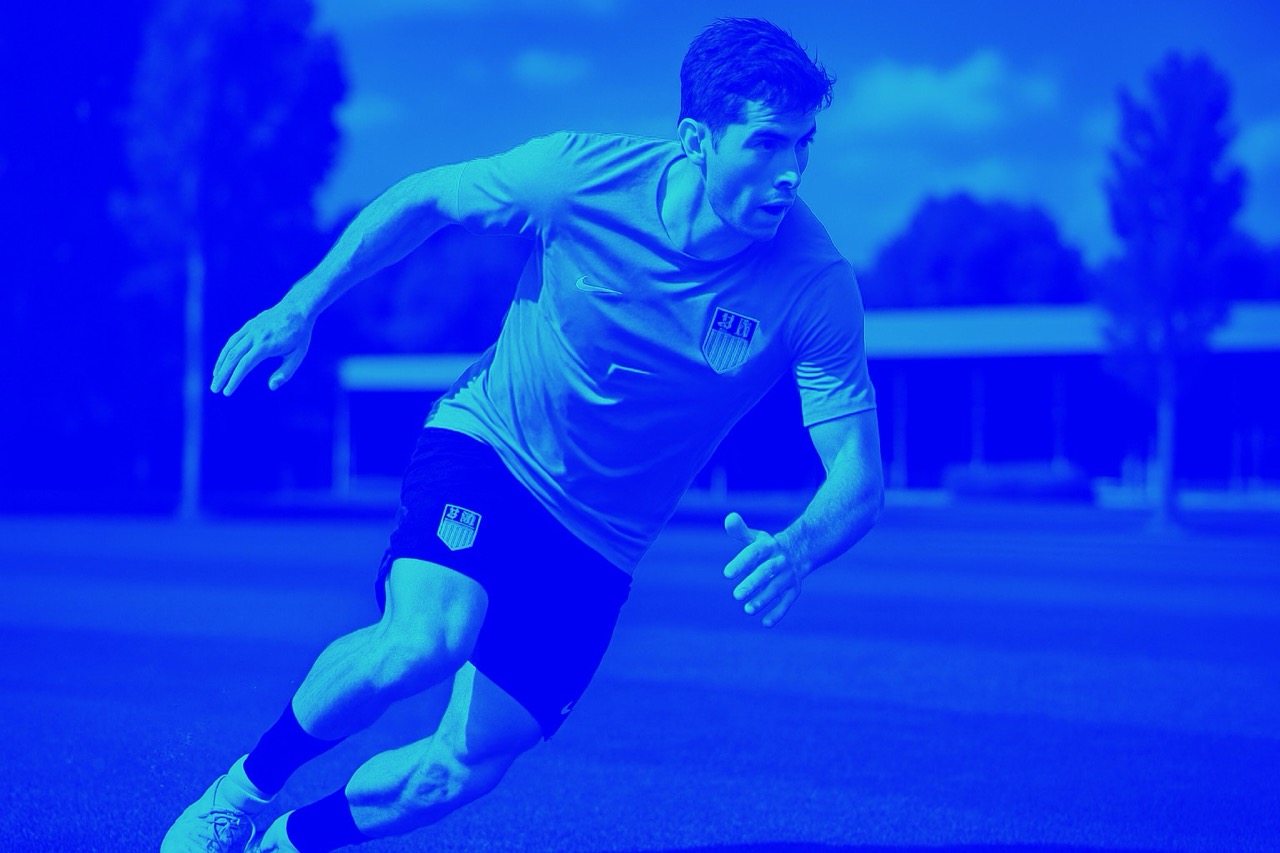Assessing the usefulness of submaximal exercise heart rates for monitoring cardiorespiratory fitness changes in elite youth soccer players
Altmann S, Ruf L, Neumann R, Härtel S, Woll A & Buchheit M. Assessing the usefulness of submaximal exercise heart rates for monitoring cardiorespiratory fitness changes in elite youth soccer players. Accepted 27 Mar 2022, Accepted author version posted online: 29 Mar 2022, Published online: 04 Apr 2022
Full text here and on research gate
ABSTRACT
This study aimed to assess the value of monitoring fitness in elite youth soccer players (U15 to U19 age groups) by analyzing the concomitant changes in heart rate at submaximal intensity (HR12km/h) and the velocity at a lactate concentration of 4 mmol/l (v4mmol/l).
Players were tested by means of an incremental treadmill test on two occasions during the summer pre-season in two consecutive seasons. Based on data from a total of 170 test comparisons from the U15 (n = 48 test comparisons), U16 (n = 40 test comparisons), U17 (n = 46 test comparisons), and U19 (n = 36 test comparisons) age groups, the agreement between substantial changes in HR12km/h and v4mmol/l was analyzed using the threshold combination of HR12km/h = 4.5% and v4mmol/l = 6.0%.
Results revealed 2% full mismatches, 36% partial agreements, and 62% full agreements for the whole sample in terms of fitness change interpretation between both variables. The respective values for the U15 to U19 age groups ranged between 0% and 5% full mismatches, 28–44% partial agreements, and 56–68% full agreements with no meaningful differences between age groups.
In conclusion, our findings confirm the practical value of using HR12km/h to monitor fitness changes in elite youth soccer players when lactate sampling during incremental tests is not possible.

Figure 1. Absolute HR12km/h and v4mmol/l values (upper graph; n = 11) as well as percentage changes in HR12km/h and v4mmol/l (lower graph; n = 10) for a single player over a 3.5-year period. The smallest worthwhile changes (SWC) are shown with grey (HR12km/h) and light grey (v4mmol/l) areas. Error bars represent the typical errors (TE) of each variable. To be considered as substantial (i.e., positive, +, or negative, -, estimated change in fitness), changes had to be greater than the SWC + TE. Unclear changes in the lower graph are indicated with an “u”.



